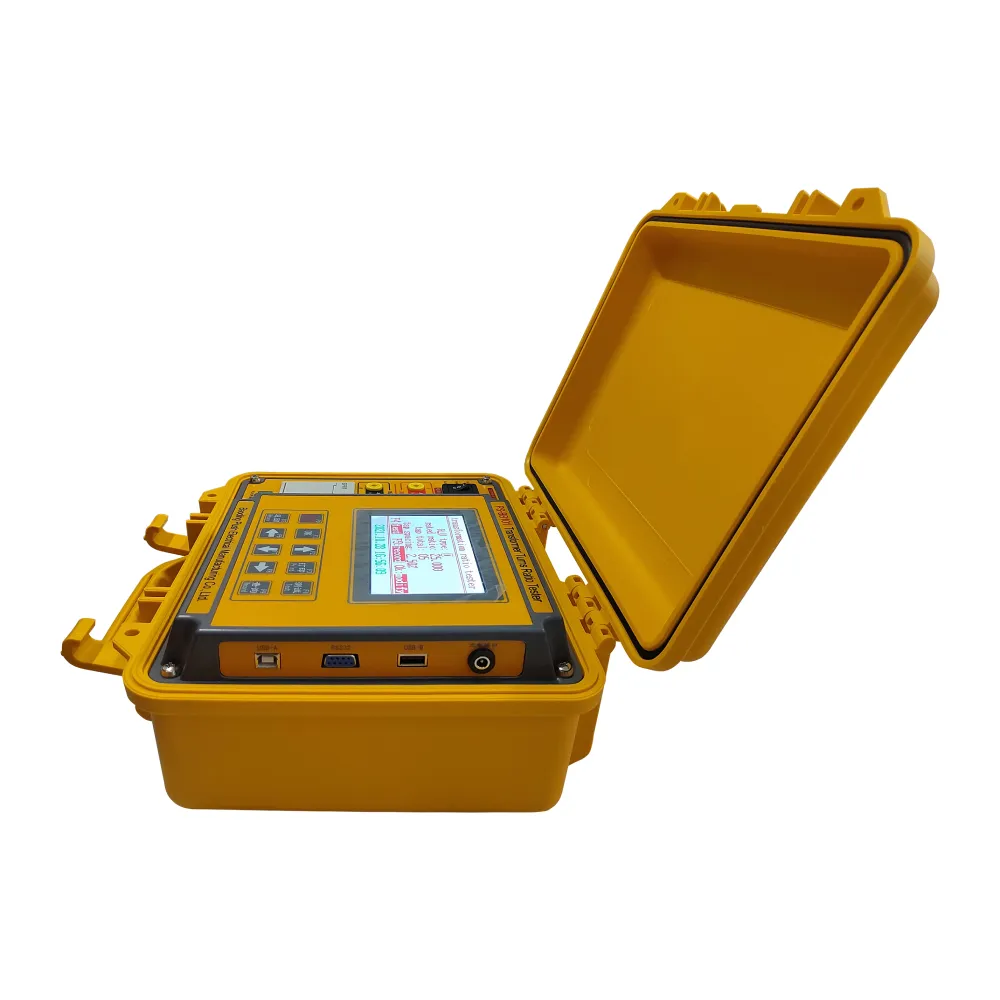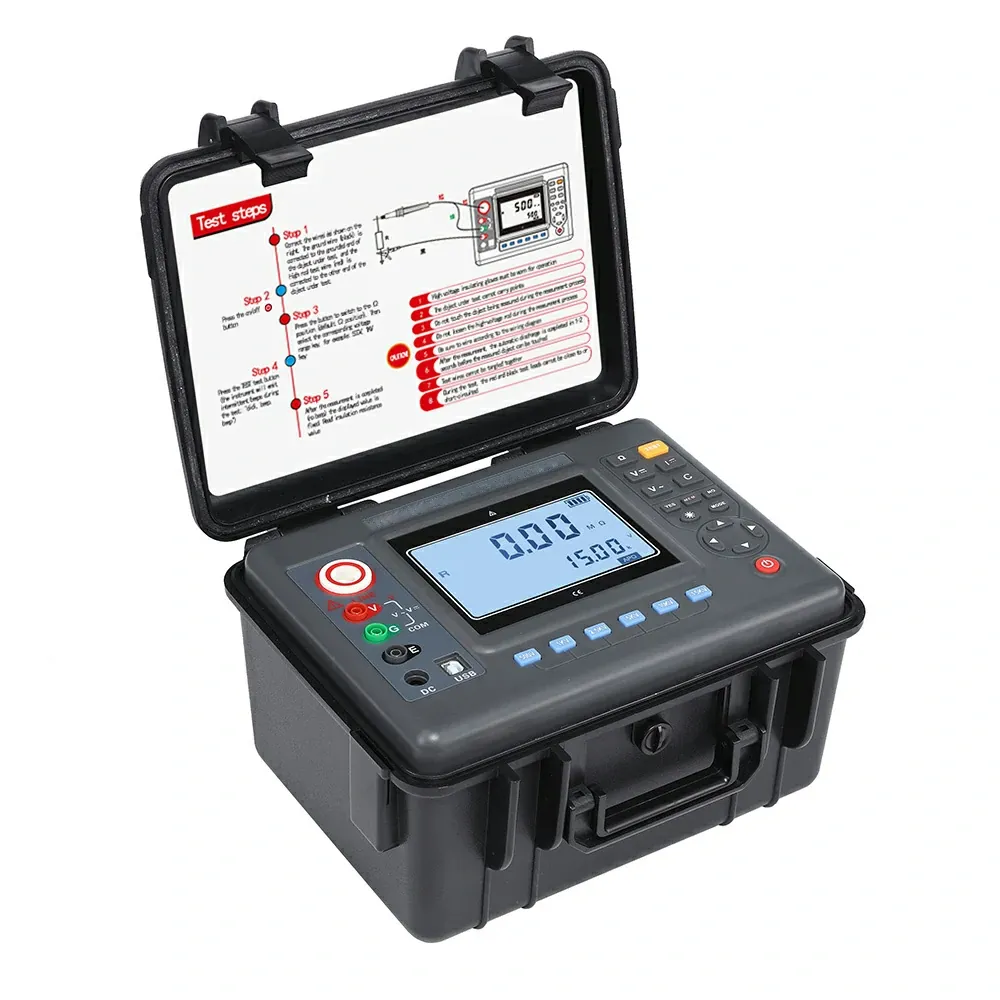TEL:
+86-0312-3189593
 English
English

Telephone:0312-3189593

Email:sales@oil-tester.com
1 月 . 24, 2025 00:55
Back to list
gas chromatography detector types
Gas chromatography (GC) stands as a formidable analytical method employed across diverse industries, providing robust solutions for separating, analyzing, and identifying compounds within a mixture. Central to the success of this technique is the choice of detector, which plays a pivotal role in identifying the substances present in a sample. This article delves into the different types of gas chromatography detectors, offering insights, expert analysis, and authoritative guidance on selecting the most suitable detector for various applications.
5. Photoionization Detector (PID) PIDs are adept at detecting volatile organic compounds (VOCs) and other compounds that can ionize under ultraviolet light. With rapid response times and high sensitivity, they are preferred in scenarios where quick assessment of air quality is critical, thanks to their ability to detect low concentrations of aromatic and unsaturated compounds. 6. Nitrogen-Phosphorus Detector (NPD) This detector is tailored for nitrogen- and phosphorus-containing compounds. It operates similarly to FID but includes a thermionic source that enhances its selectivity towards nitrogen and phosphorus. Its applications are pivotal in pharmaceutical and environmental sectors where such elements are of particular interest. For professionals looking to optimize their gas chromatography systems, selecting the right detector depends heavily on the specific requirements of their analytical applications. Factors such as the nature of the analytes, detection limits, sample throughput, and regulatory mandates should guide this decision. Understanding the capabilities and limitations of each detector type can empower laboratories to achieve unprecedented precision and reliability in their analyses. Furthermore, successful implementation and technical upkeep of these detectors require a profound understanding of their operational parameters. Calibration, maintenance, and potential interferences are critical aspects that necessitate expert knowledge to sustain performance integrity. Adhering to best practices ensures the longevity of the equipment and the accuracy of the results obtained—an essential component in preserving the credibility of analytical processes. As industries continue to evolve, so too do the requirements and innovations in gas chromatography detectors. Staying informed about the latest advancements and trends in detector technology is invaluable for maintaining cutting-edge analytical capabilities and achieving superior results across a spectrum of scientific investigations.


5. Photoionization Detector (PID) PIDs are adept at detecting volatile organic compounds (VOCs) and other compounds that can ionize under ultraviolet light. With rapid response times and high sensitivity, they are preferred in scenarios where quick assessment of air quality is critical, thanks to their ability to detect low concentrations of aromatic and unsaturated compounds. 6. Nitrogen-Phosphorus Detector (NPD) This detector is tailored for nitrogen- and phosphorus-containing compounds. It operates similarly to FID but includes a thermionic source that enhances its selectivity towards nitrogen and phosphorus. Its applications are pivotal in pharmaceutical and environmental sectors where such elements are of particular interest. For professionals looking to optimize their gas chromatography systems, selecting the right detector depends heavily on the specific requirements of their analytical applications. Factors such as the nature of the analytes, detection limits, sample throughput, and regulatory mandates should guide this decision. Understanding the capabilities and limitations of each detector type can empower laboratories to achieve unprecedented precision and reliability in their analyses. Furthermore, successful implementation and technical upkeep of these detectors require a profound understanding of their operational parameters. Calibration, maintenance, and potential interferences are critical aspects that necessitate expert knowledge to sustain performance integrity. Adhering to best practices ensures the longevity of the equipment and the accuracy of the results obtained—an essential component in preserving the credibility of analytical processes. As industries continue to evolve, so too do the requirements and innovations in gas chromatography detectors. Staying informed about the latest advancements and trends in detector technology is invaluable for maintaining cutting-edge analytical capabilities and achieving superior results across a spectrum of scientific investigations.
Latest news
-
Differences between open cup flash point tester and closed cup flash point testerNewsOct.31,2024
-
The Reliable Load Tap ChangerNewsOct.23,2024
-
The Essential Guide to Hipot TestersNewsOct.23,2024
-
The Digital Insulation TesterNewsOct.23,2024
-
The Best Earth Loop Impedance Tester for SaleNewsOct.23,2024
-
Tan Delta Tester--The Essential Tool for Electrical Insulation TestingNewsOct.23,2024





